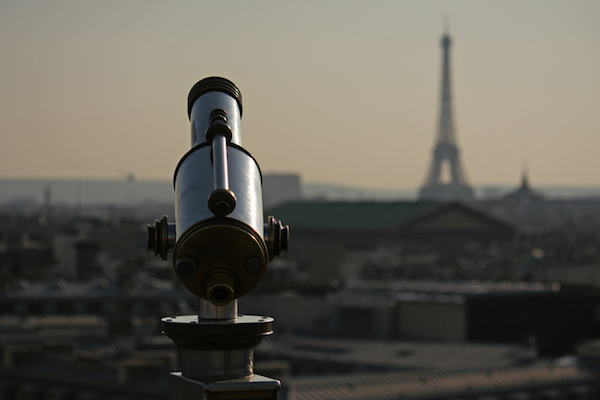
Seasonal Affective Disorder, Indoor Lighting, & Eye Health
It's common that depression increases during winter months when there is a lack of light and warmth
Every year around mid-February it starts to hit me. The winter blues. Now don’t get me wrong, I enjoy having the seasons here in the northeastern part of the United States. But the lack of warmth and daylight does start to take its toll.
As far as my daily affairs are concerned, this is where grit kicks in. The holidays are well behind us and there’s not much to look forward to.
On top of that, Punxsutawney Phil says there’s still six more weeks of winter, which leaves me feeling a bit like Phil Connors (Bill Murray’s character in Groundhog Day). Every day is starting to feel the same, but springtime in New York is the light at the end of the tunnel.
Simple pleasures & small victories offer a glimpse of hope. But I’m still left to ponder the question: “Is there anything I can do to avoid Seasonal Affective Disorder during the long winter months?”
New Myopia Findings:
In switching gears really quick, new findings on myopia have recently been released. Researchers at Northwestern Medicine may have identified a cell in the retina that could be responsible for myopia development.
Lead investigator and assistant professor of ophthalmology at Northwestern University: Feinberg School of Medicine, Greg Schwartz stated, “This discovery could lead to a new therapeutic target to control myopia.”
The discovered cell is called the “ON delayed” retinal ganglion cell because of its slow response to “lights getting brighter”. According to the research, the cell is extremely sensitive to light and can be overstimulated by indoor light exposure. The theory is that overstimulation caused by indoor lighting may result in the abnormal growth of the eye and ultimately myopia (or nearsightedness).
In my opinion, this theory lines up with the current speculation in regards to the effects of light in myopia development. Especially the artificial blue light that comes from smartphones and computer screens.
Current theories linked to myopia progression include (most have something to do with lighting):
- Not enough time spent outdoors (natural light)
- Increased near work (indoor light)
- Overuse of smartphones/computers (artificial light)
Seasonal Affective Disorder:
These new developments in myopia research led me to consider the role that light plays in seasonal affective disorder (SAD). It’s common that depression increases during winter months (when there is a lack of light and warmth). Because of this, some people turn to “sun lamps” to cope with symptoms of depression. These “sun lamps” filter out harmful UV rays, and act as natural outdoor lighting.
Some symptoms of Seasonal Affective Disorder include (please consult your primary care doctor if you’re experiencing these symptoms):
- Hopeless feelings
- Low energy
- Difficulty concentrating
- Loss of interest in enjoyable activities
- Lack of sleep
To explain my point, certain people cope with SAD by recreating a warm/well-lit setting inside during cold months. That said, might it be possible to slow (or prevent) myopia by recreating an indoor light setting to match the natural light setting of the outdoors? As of right now, I’m not even sure it’s possible, but maybe something to think about.
Spending time outdoors is one of the main recommendations to prevent myopia. This is something I’m constantly telling concerned patients, especially adults who work in an office, or teens who spend too much time on their smartphones. A common sense approach can detect a connection between a lack of outdoor time and the development of myopia. But now the research is starting to confirm.
As of right now, I’m not sure where we stand, but I’m excited to see if the “ON delayed” retinal ganglion cell is the “missing link” researchers are looking for. In the meantime, I plan to try a “sun lamp” in my battle against the winter blues.
I’ll keep you posted.







